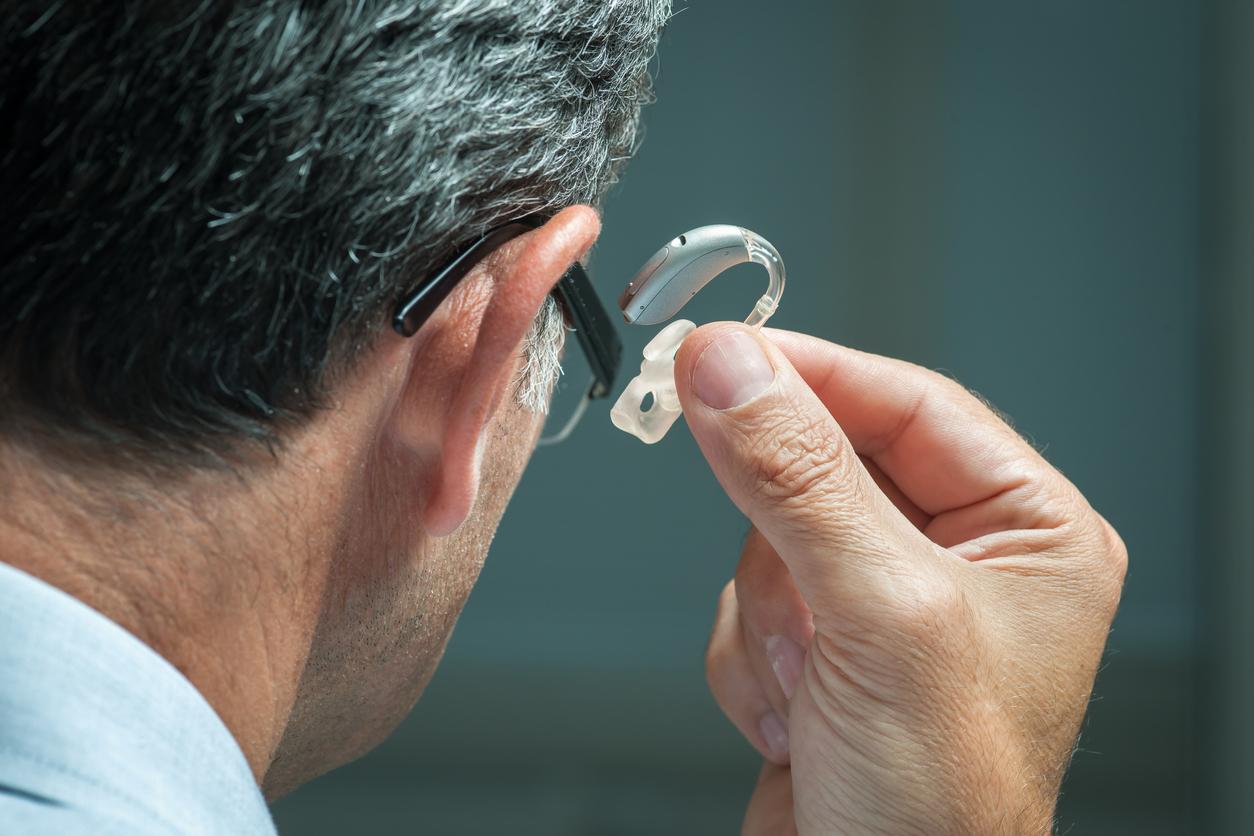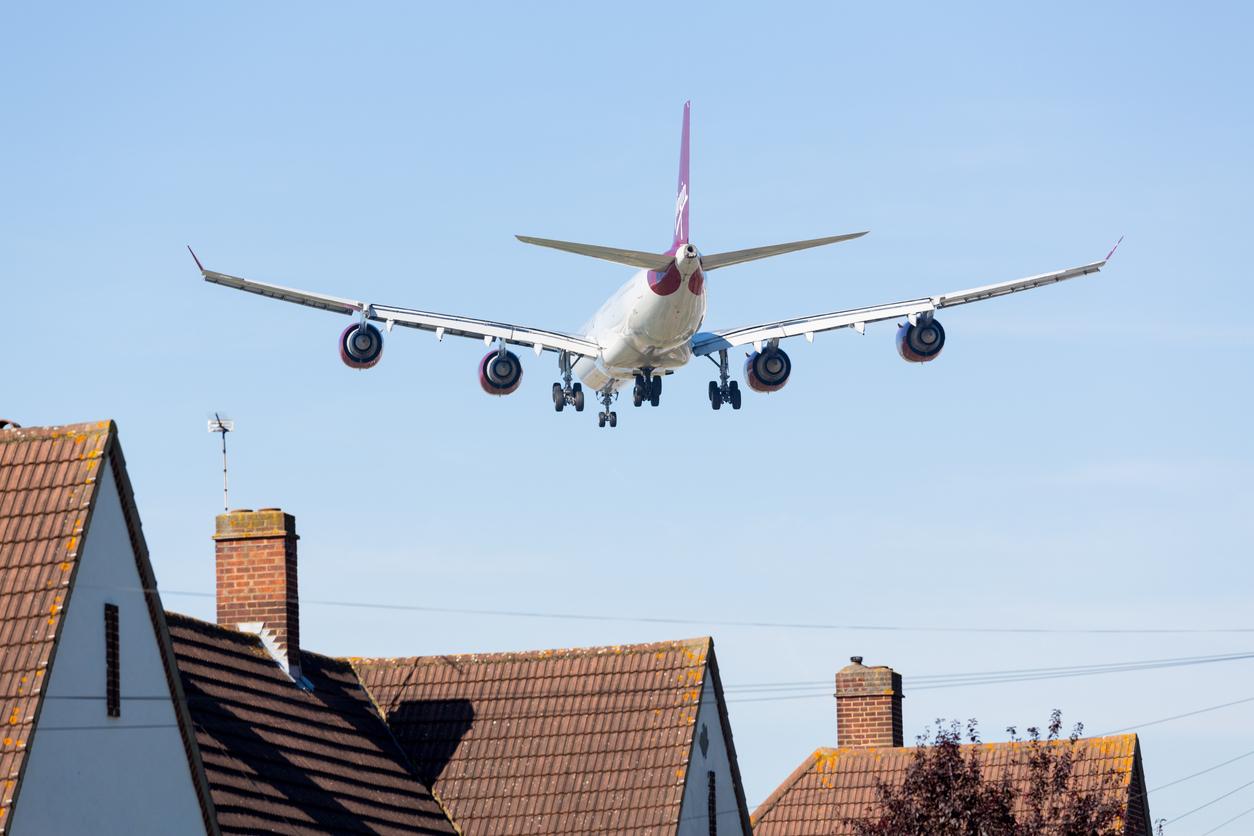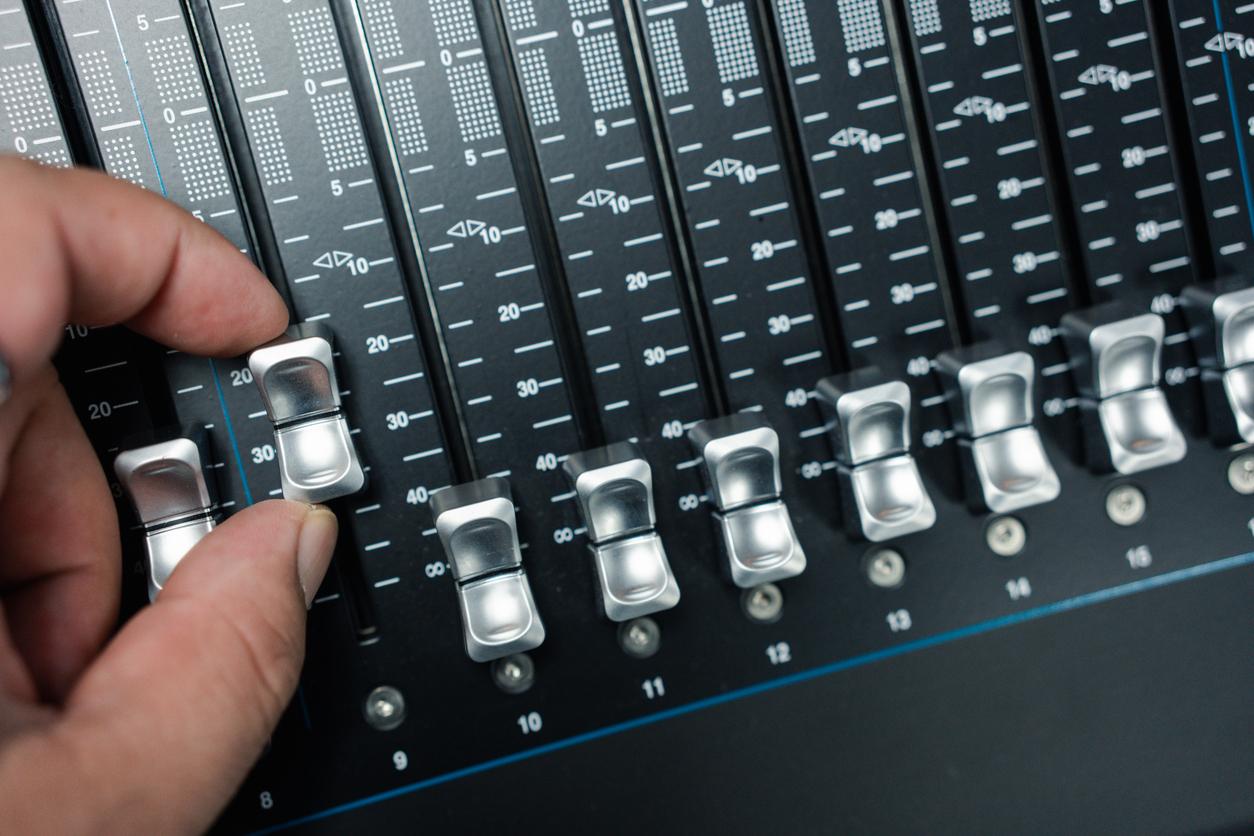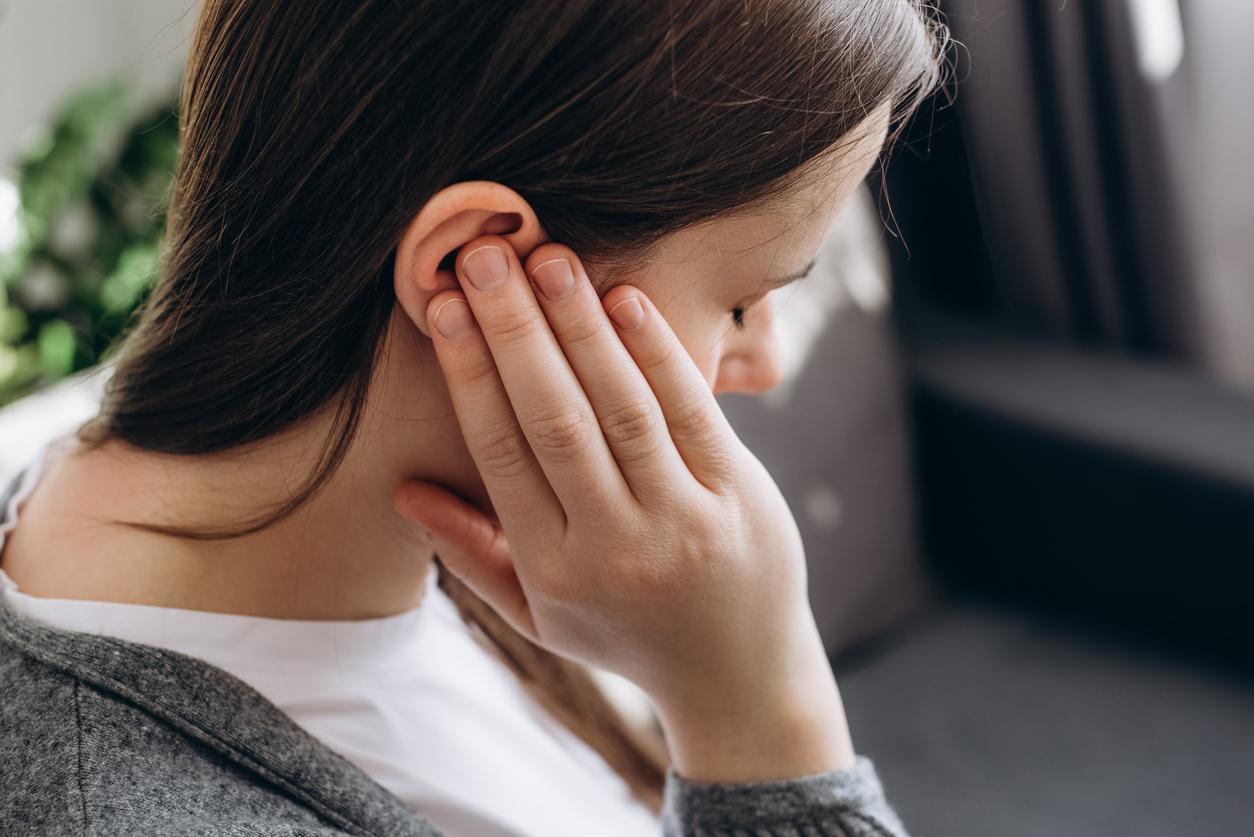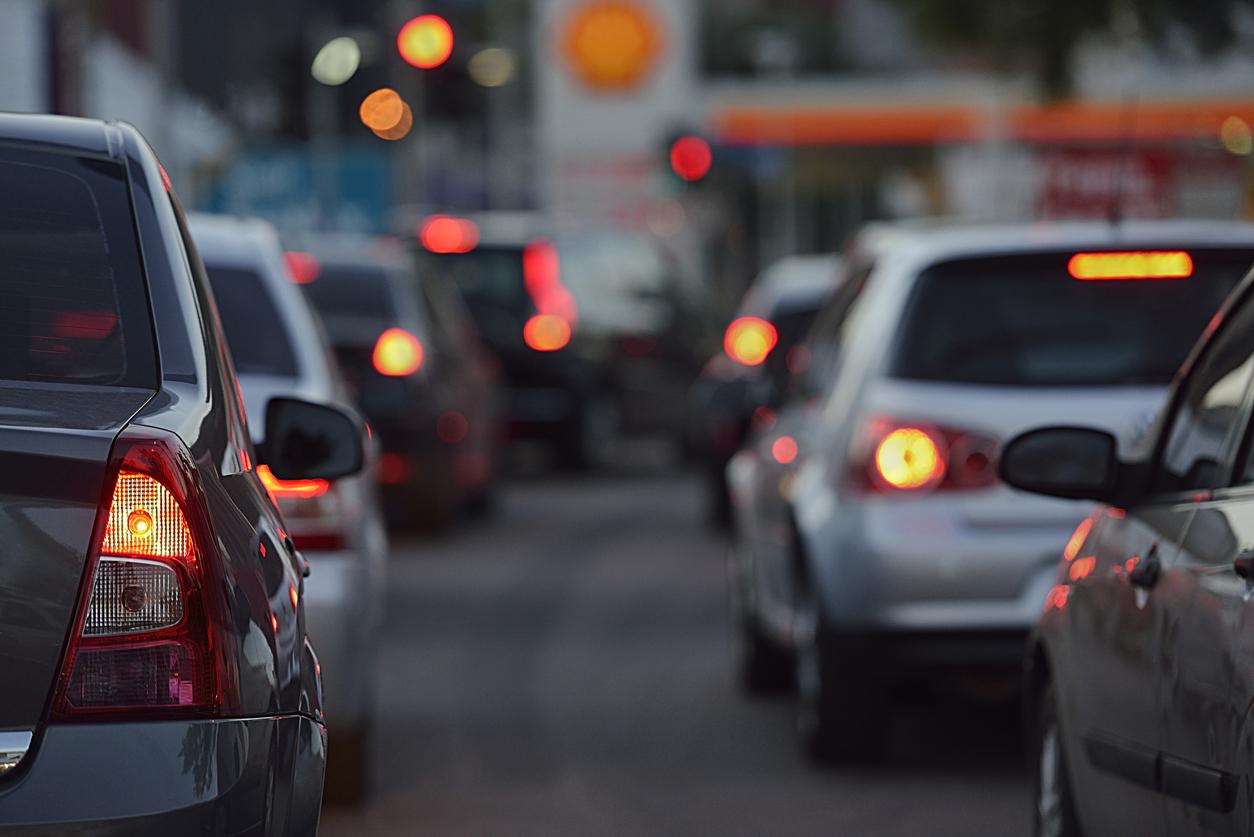The noise levels to which transit users are exposed could cause hearing loss if experienced repeatedly and over long periods of time.

In the metro, and not only, your ears are suffering. According to a study published in the Journal of Otolaryngology, the wearing of hearing protection in public transport should be encouraged. At the same time, the researchers hope that measures will be put in place to control the noise produced by public transport.
Without this, metro enthusiasts can say goodbye to their hearing: “Regular exposure to noise can promote depression, anxiety, chronic illnesses or even an accident”, warns Dr Vincent Lin, author of the article . “This intense and short impact has been shown to be as damaging as a longer and less intense noise exposure.”
The “suburbanites”, the first victims
The researchers were surprised by the daily suffering of the ears of commuters in subways, trains, but also buses. As the transit system expands, Toronto – the study city – must consider ways to reduce the decibel volume of its transit to avoid a real public health problem.
By evaluating exposure to noise from public (subway, streetcars, and buses) and private (cars, biking, walking) transportation in Toronto, Dr. Lin’s team found that, despite a sub-standard decibel level, some chipping noise can still expose individuals to significant hearing loss. When the authors tested the recommended noise thresholds for an average Toronto “commuter”, the level was exceeded in 9% of subways, 12% of buses, and 14% of streetcars.
.










